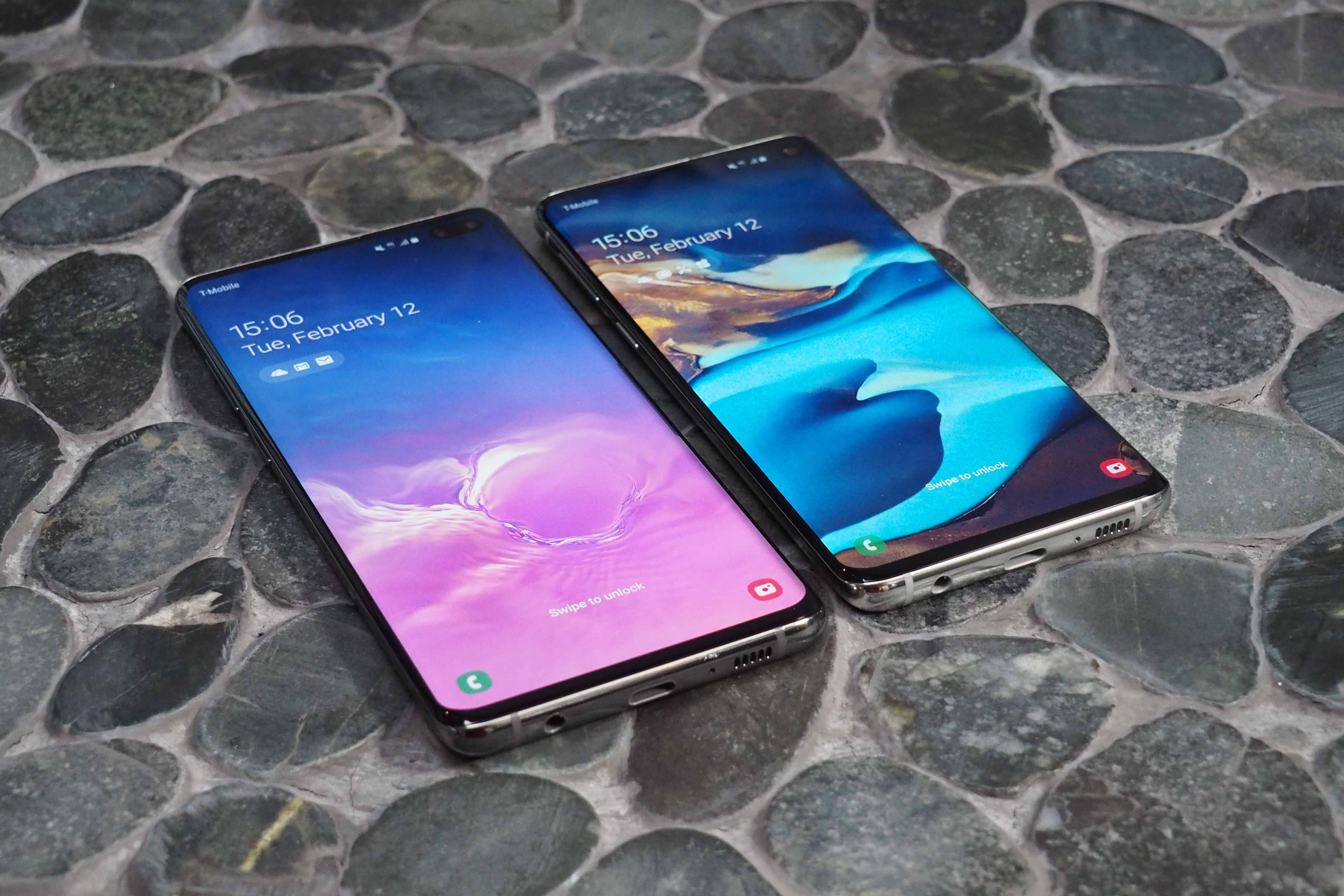What is the deal with the Galaxy S20's 120Hz display?
Expect a faster refresh rate, but only at certain resolutions

There's been a spate of leaks surrounding the upcoming Galaxy S20 this week, giving us a sense of what the phone will look like and what features it will offer when it debuts next month. And while some of the leaked specs sound pretty appealing — Four rear cameras! 8K video! A metric ton (OK, 16GB) of memory! — one of the Galaxy S20's features apparently won't be as cool as advertised.
Like a handful of other flagship phones, the Galaxy S20 is expected to sport a display with a faster refresh rate, jumping up from the standard 60Hz rate on last year's S10 to a very smooth 120Hz rate. But, as leaker Ice Universe warns on Twitter, that higher refresh rate will only be available at Full HD+ resolution. With the Galaxy S20 expected to feature an AMOLED panel with WQHD resolution, that means users will have to scale back the sharpness of the display if they want to experience the smoother scrolling and better gaming experience that a faster refresh rate can provide.
It can now be said with certainty that Samsung has cancelled the WQHD 120Hz option of the Galaxy S20 series, leaving only FHD 60Hz, FHD 120Hz, WQHD 60Hz. this means that we can't have the best resolution and the best refresh rate at the same time. What is your opinion on this? pic.twitter.com/GaYJuOubw8January 14, 2020
That's a fairly significant compromise. Unless you really like fiddling with your settings, toggling back and forth between sharper displays and faster refresh rates, you're likely to pick one resolution for your Galaxy S20 and stick with it.
Faster refresh rates are a welcome addition to smartphones, but they also can put a strain on battery life — a feature that many smartphone users prize as they look for long-lasting phones that can get through the day on a single charge. That puts phone makers in a bit of a quandary: do they boost up a screen's refresh rate at the expense of battery life or scale back the sharpness of a display to satisfy users who want smoother scrolling?
Google, for example, introduced a 90Hz refresh rate for its Pixel 4 phones last fall. But to maximize battery life, the Pixel 4 phones would revert to a 60Hz refresh rate when the phone's brightness level dropped below 75%. Google's reasoning was sound — faster refresh rates aren't as effective when screens are dimmer — but it failed to communicate that restriction to users when the Pixel 4 launched. A subsequent software update lowered the brightness threshold for when the 90Hz refresh rate would turn off.
Assuming this latest news about the Galaxy S20's 120Hz refresh rate is correct — and remember, that this is all speculation until we actually see the new phone at Samsung's Feb. 11 launch event — Samsung will need to clearly communicate to potential users when the 120Hz refresh rate will be available and when it won't.
The stakes are especially high for Samsung, as this leaked feature surfaced at the same time rival phone maker OnePlus announced plans to include a 120Hz Fluid Display on a future handset. OnePlus didn't mention its upcoming OnePlus 8 model by name, but it's widely expected that this new OnePlus phone will feature a display with a 120Hz refresh rate. The OnePlus 8 is likely to ship later this spring, and if past OnePlus releases are any indication, it should be a formidable alternative to whatever phones Samsung comes out with in February.
Sign up to get the BEST of Tom's Guide direct to your inbox.
Get instant access to breaking news, the hottest reviews, great deals and helpful tips.
Philip Michaels is a Managing Editor at Tom's Guide. He's been covering personal technology since 1999 and was in the building when Steve Jobs showed off the iPhone for the first time. He's been evaluating smartphones since that first iPhone debuted in 2007, and he's been following phone carriers and smartphone plans since 2015. He has strong opinions about Apple, the Oakland Athletics, old movies and proper butchery techniques. Follow him at @PhilipMichaels.

